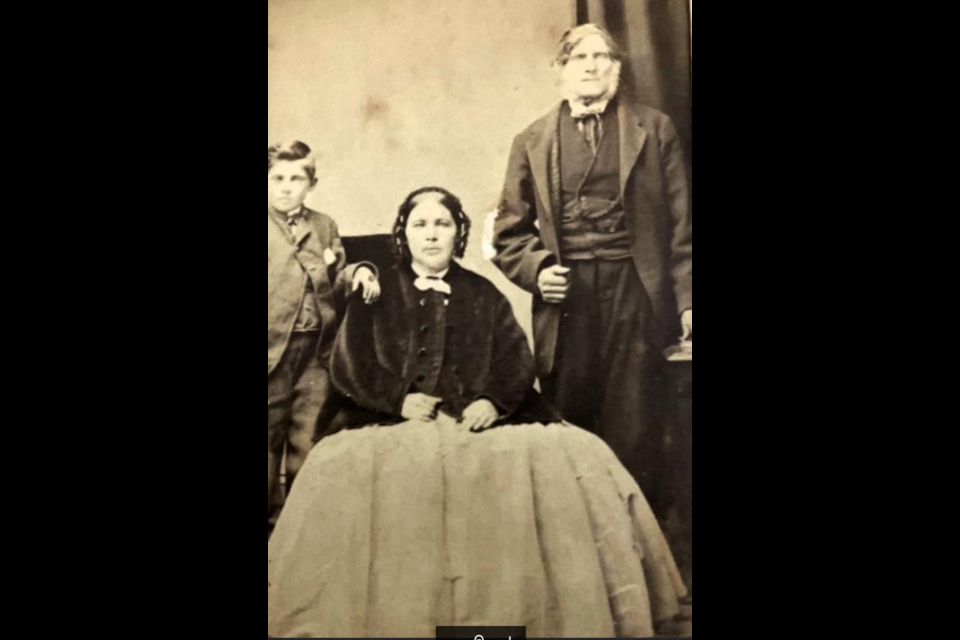What is the importance of the date Feb 10, 1841?
I probably was taught this date in the course of Canadian history lessons. It meant nothing to me when I read it on some blurry documents, I found on the Canadian LAC web site years ago.
The significance of Feb. 10, 1841, lies in the passing of the Act of Union by the British Parliament in July 1840, which officially created the Province of Canada. This act merged the colonies of Upper Canada and Lower Canada into one government, marking the beginning of the Province of Canada as a British colony in British North America until Confederation in 1867.
The documents discovered on the Library and Archives Canada (LAC) website offer invaluable insights into the lived experiences of individuals within the newly formed Province of Canada. In particular, the Oath of Allegiance recorded on May 22, 1842, provides a window into the legal obligations and civic duties imposed upon residents of the County and District of Huron during this transformative period.
By pledging allegiance to Queen Victoria and the Province of Canada, individuals affirmed their commitment to the principles of British sovereignty and colonial governance, underscoring the enduring ties that bound them to the imperial centre.
Names were listed and signatures signed on the Oath. Seeing your relative’s signature from many generations back was exciting to see. I recognized many of the surnames listed as pioneers to North and South Easthope. Recorded on the declaration was their place of residence on 10 February 1841, their present residence date of expiration of the seven years’ residence, if under sixteen when the seven years were achieved, the date when the male reached the age of sixteen, signature, date, and number of the registry.
Only males were required to take the oath. Women of commonwealth citizenship lost that standing if they married an alien and assumed his citizenship.
I wondered as to why more of the pioneers in the North and South Easthope townships did not have to take the oath only to realize only aliens took the oath. Any British subject already had allegiance to the Crown highlighting the complexities of citizenship and allegiance during that era.
In translating the contents of the Oath of Allegiance, we bridge the gap between past and present, uncovering historical contexts that shape our understanding of Canadian identity and nationhood. By deciphering (cursive, seniors new secret coding) the words and meanings embedded within this archival artifact, we illuminate the experiences and perspectives of those who came before us, enriching our collective memory and appreciation of Canada's rich tapestry of history.
Translation of the Oath, with some of the names of the Pioneers
In sum, February 10, 1841, stands as a testament to the transformative power of legislation and the enduring legacy of colonial governance in shaping the trajectory of Canadian history. Through the lens of this significant date and the archival documents it evokes, we gain invaluable insights into the complexities of colonial life, the dynamics of allegiance and citizenship, and the ongoing quest for identity and autonomy within the broader framework of the British Empire.



